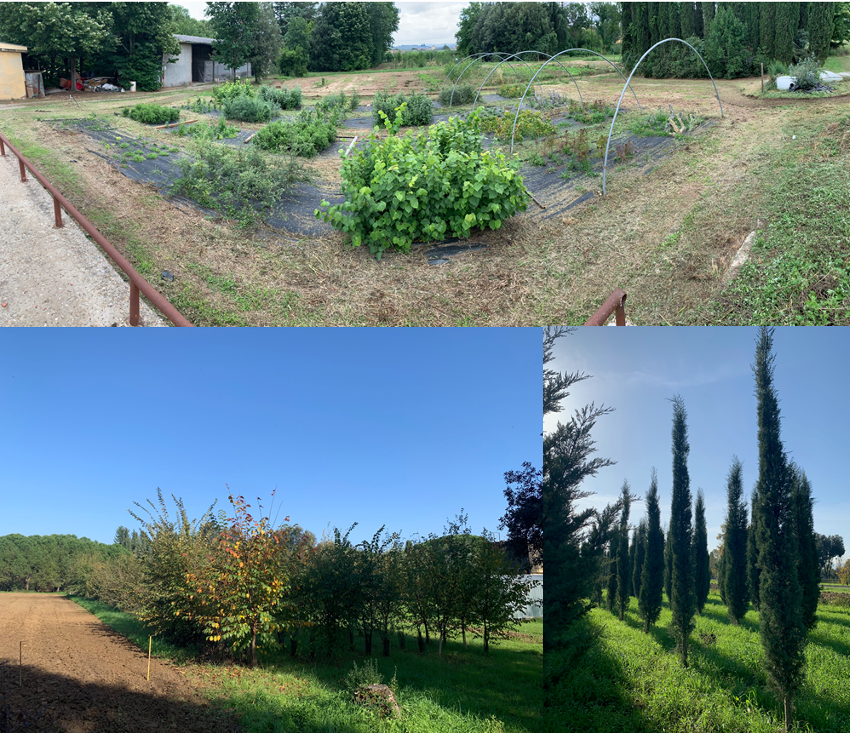Laboratories
The Sesto Fiorentino Unit has different types of laboratories available, including:
- Microbiological Analysis Laboratories. It has sterile laminar flow hoods for the preparation of growth substrates and the isolation of phytopathogenic microorganisms (fungi and bacteria) from plant material. The laboratories are equipped with temperature-controlled thermostats where the microorganisms are raised. The collections of microorganisms are instead stored in freezers (-20 ° C or -80 °).
- Microscopy laboratory. It is equipped for the preparation of histological samples from microorganisms and plant tissues. The laboratory has optical microscopes (including a fluorescence one), stereoscopes and a cryostat microtome for the preparation of plant sections.
- Molecular Biology Laboratories. Studies on nucleic acids (DNA, RNA) and proteins are carried out. These laboratories are equipped with centrifuges, chemical hoods for the extraction of nucleic acids and proteins. The amplification reactions are carried out by means of thermocyclers, instruments for real-time PCR and a portable instrument for LAMP.
- Plant Ecophysiology Laboratories. These laboratories are equipped for studies of plant ecophysiology and biochemistry, in particular for the identification and quantification of volatile signal molecules and reaction products between volatile organic compounds (VOC). Among these analyzes, gas chromatography-mass spectrometry (GC-MS) techniques are also developed for the analysis of terpenes. Part of this research is carried out (as part of a technical-scientific collaboration between IPSP, IBBR and IBE) at the Laboratory for the Analysis and Research in Environmental Chemistry (ARCA-CNR).
- Controlled temperature rooms. Studies of the host’s ecophysiological responses and that of plant-microorganism interactions are carried out in a growth chamber (with LED lighting). A phytotron is also available in which the conditions of humidity, light (LED lighting), and temperature can be controlled.
Ugnano Experimental field facilities
Thanks to an agreement between IPSP-CNR and Municipality of Firenze, 1.5 hectares of the area previously used as Municipality nursery were devoted to experimental activities.
The ex situ collections of elm and cypress germplasm are kept in the nursery. The collection consists of 190 accessions of European elm plants, mainly Ulmus minor, from Italy, France, Spain and Greece. In the nursery there is also a collection of 23 species of cypress (obtained from the propagation of material collected in natural areas in Europe, North and Central America, Asia and Africa), 10 clones of the viale di Bolgheri and other 6 patented clones for resistance to cypress canker.
These collections are particularly important both for the conservation of genetic diversity and to use them as a starting point for any genetic or phenotyping studies or simply to reintroduce them into the environment once they are characterised.
In the nursery there are also Sentinel plantations aimed to identify possible new threats (pathogens and insects) to tree health and by identification, to prevent their introduction. These plots are set up in the frame of the European project HOMED.

